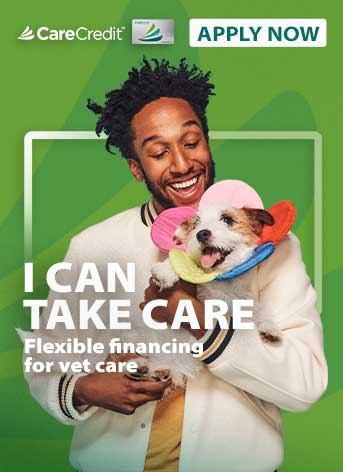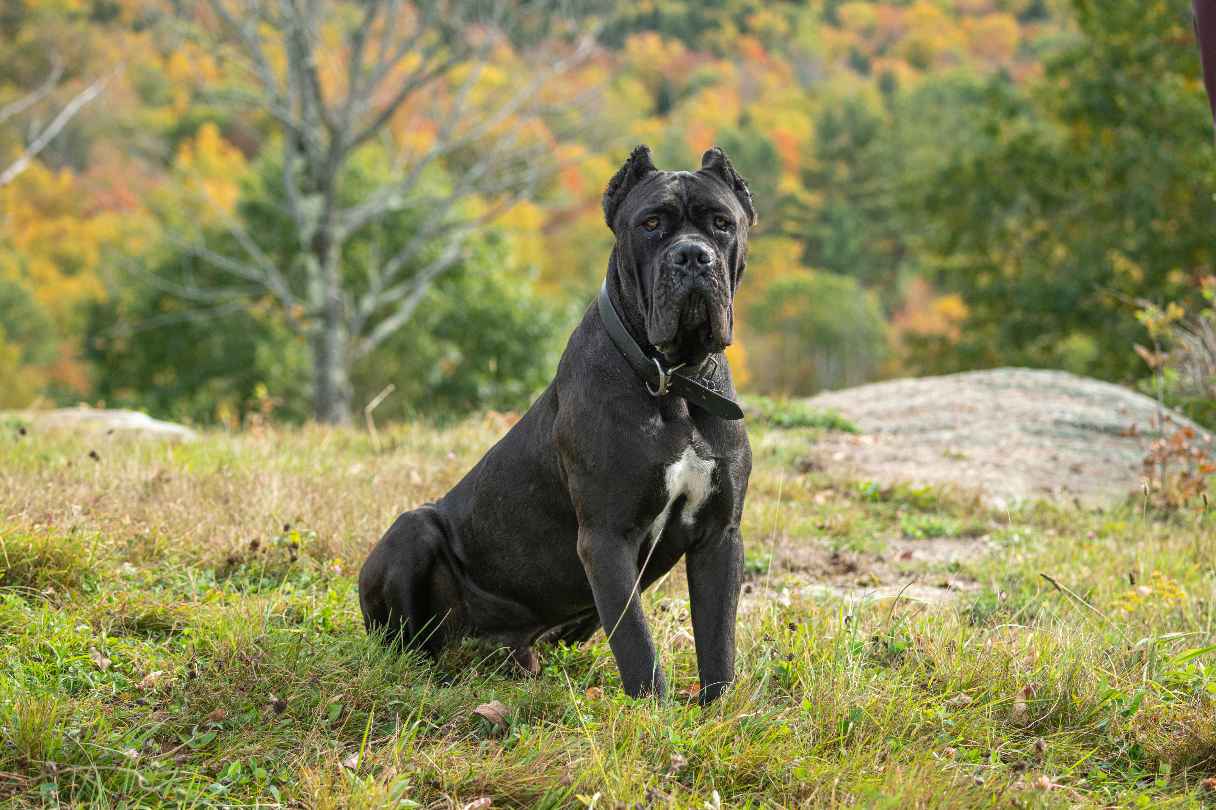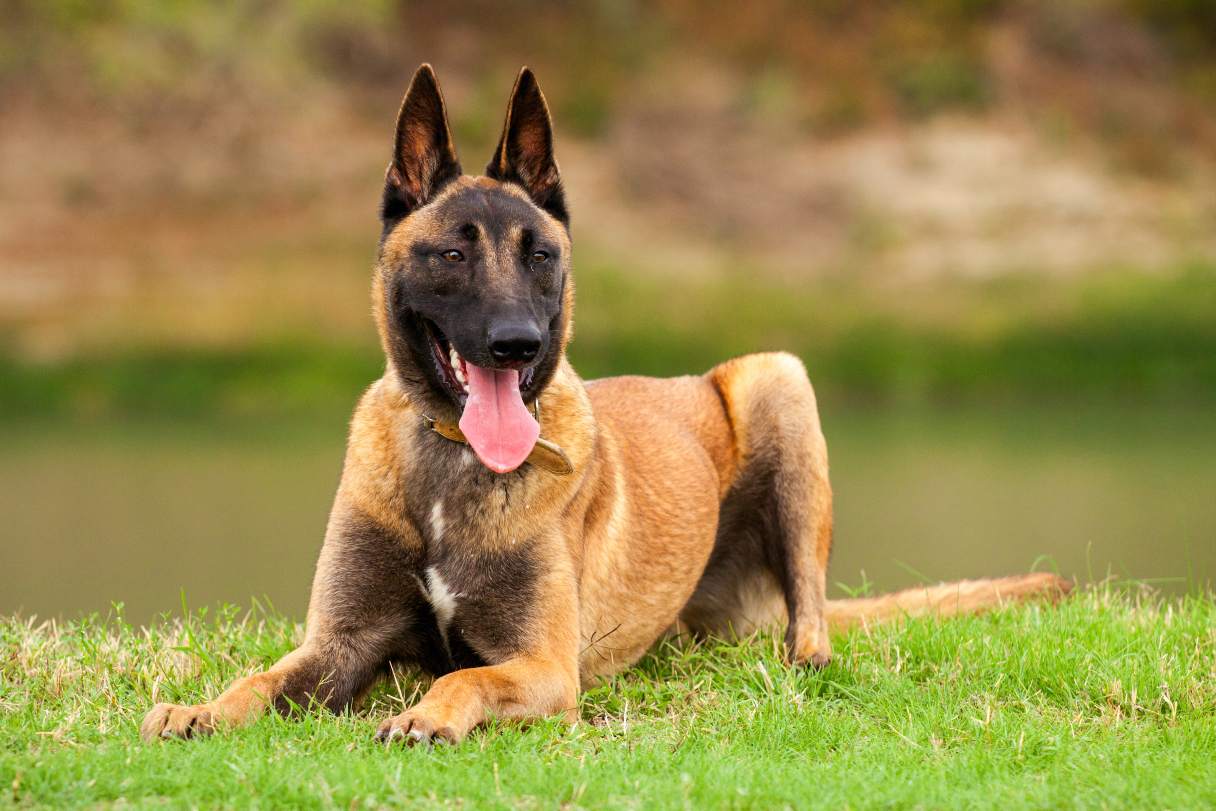Is it Difficult To Take Care of Dogs' Dental Health?
Dental disease in pets is often overlooked by owners, so it's important to start checking out your dogs' teeth as soon as possible. Taking care of dogs' teeth is not that different from taking care of our own human teeth.
How Can We Take Care of Our Dogs' Teeth at Home?
Owners should begin by regularly looking inside their dogs' mouths from an early stage. This helps dogs get used to having their mouths looked at and makes it easier for a veterinarian to check out their teeth when they come in for visits. It's possible to see—and treat—precursors to dental disease before it gets bad.
Methods and Tools for Brushing Dogs' Teeth
When introducing teeth brushing to dogs, be sure to use a pet-safe toothbrush and dog-friendly toothpaste (often chicken, beef, or fish flavored). Never use human toothpaste, as a common ingredient in it —xylitol—is toxic to dogs (and cats).
Then, follow these steps:
- Buy a pet dental kit with a non-abrasive finger brush.
- Allow the dog to lick the toothpaste off the finger brush for 2-3 weeks
- Around weeks 4-6, slowly introduce the finger brush into the dog's mouth
- Let the dog become familiar with the rubbing sensation on a couple of teeth first
- Eventually brush all of the dog's teeth and work your way down to the gum line, where plaque accumulates
How Often Should I Brush My Dogs' Teeth?
Once your dog is acclimated to having its teeth brushed, brush once or twice every day. Even just a day off allows plaque, that bacteria biofilm that gathers in a slimy layer on teeth, to harden, calcify and become either calculus or tartar, which can't just be brushed off.
The Health Consequences of Not Brushing a Dog's Teeth
If you don't brush the plaque off the teeth, and it forms calculus or tartar, it provides a home for bacteria to live. When bacteria move into the tiny pockets beneath the gums, they inflame the tissue, becoming gingivitis.
Can Gingivitis Lead to More Significant Outcomes?
Gingivitis is reversible, fortunately, if a veterinarian can get under there and clean out the tartar. However, if left unchecked, gingivitis can leach into the bone and deep into the tooth, which is known as periodontal disease. That is not easy to reverse in dogs.
The Relationship Between Dog Food and Dental Health
In some dogs' cases, it isn't easy to brush their teeth. So, another way to slow dental disease is through certain kinds of dog food. Some commercial wet and dry dog foods have been shown to reduce the incidence and buildup of plaque; it's a good idea to purchase these if you can't easily brush your dog's teeth.
These Are Some Signs When Your Dog Needs Dental Cleaning
While a veterinarian will have the best skills to identify early signs, you can also look for:
- Brown or yellow staining on the teeth
- Your dog exhibiting pain when they eat
However, keep in mind that animals can be very stoic, eating and playing through pain. Dental disease happens gradually, so a dog may get used to it or suppress it. Make sure your veterinarian checks your dog's teeth at each visit.
Is Excessive Drooling or Foaming at The Mouth a Sign of a Needed Cleaning?
Drooling or foaming at the mouth is most likely indicative of other, non-dental problems, however, they are cause for your dog to see a veterinarian.
A Word on Canines Stomatitis
Canines stomatitis is a term for inflammation of the gum lines (or gingiva). It's a rare condition, independent of gingivitis, but it may be present at certain stages of dental disease. It's more frequently seen in cats than in dogs.
CareCredit for Dog Dental Care
The CareCredit credit card provides promotional financing that helps make it easy to pay for vet bills over time.** CareCredit is a separate line of credit for your vet care and healthcare needs. Once approved for a CareCredit card, you can use it repeatedly (as long as credit is available) for veterinarian care at locations that accept CareCredit.
CareCredit can also be used to pay for copays, coinsurance, deductibles, and your health and wellness needs at providers in the CareCredit network. CareCredit is accepted at hundreds of thousands of locations nationwide to pay for care whenever you need and want it.
Visit www.carecredit.com if you're interested in applying for the CareCredit credit card or would like to find a provider in your area who accepts CareCredit.
Meet the Experts
Dr. Andrew Moffatt, Veterinarian
Dr. Andrew Moffatt is the founder and CEO of VetnCare, a community of AAHA-accredited veterinary hospitals in the San Francisco Bay Area. A native of Melbourne, Australia, he graduated with a degree in Veterinary Science from Massey University, Palmerston North, New Zealand and has been practicing veterinary medicine for 17 years. After practicing the UK for five years, he relocated to San Francisco in 2011.
Dr. Moffatt has advanced skills in surgery, imaging, dentistry, oncology and exotic pet care. He is also training to become a Certified Veterinary Pain Practitioner (CVPP) with the International Veterinary Academy of Pain Management. Dr. Moffatt was awarded the California Veterinary Medical Association's "RVT's Outstanding DVM of the Year" in 2017. In his spare time, he enjoys traveling, fly fishing, cycling, and diving.
Author Bio
Jordan Rosenfeld has been freelance writing for 21 years about finances, health, education and more. Her work has appeared in The Atlantic, The Billfold, GoBanking Rates, Daily Worth, Quartz, Medical Economics, The New York Times, Paypal, The Washington Post and more.










